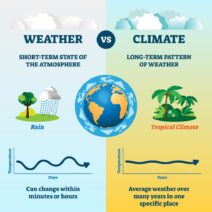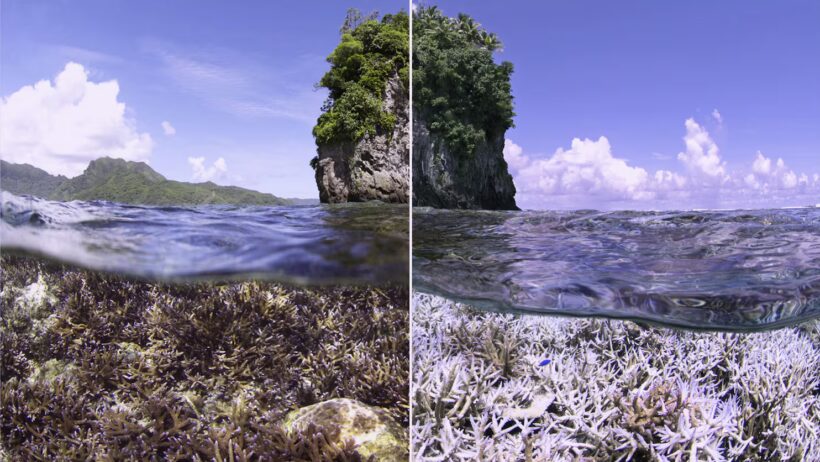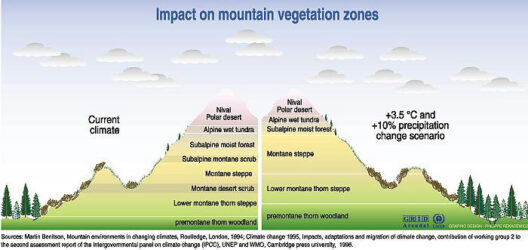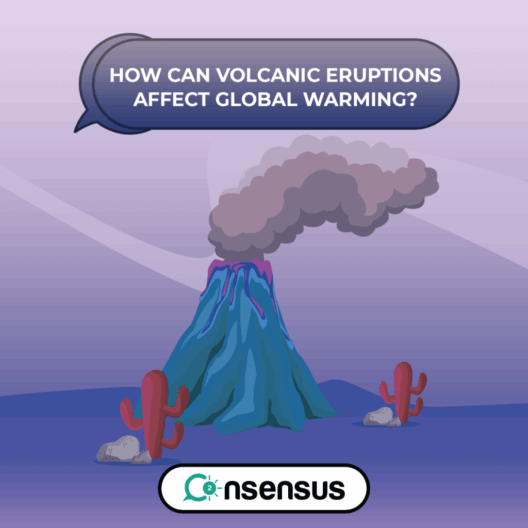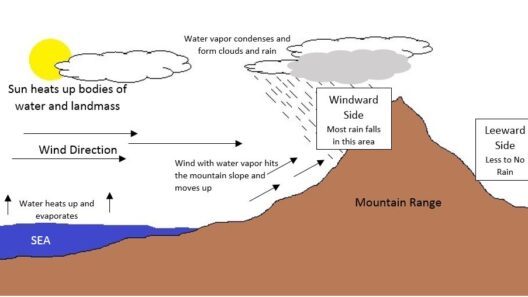The phenomenon of coral bleaching has emerged as a poignant symbol of the detrimental effects of climate change on marine ecosystems globally. These vibrant underwater ecosystems, often described as the rainforests of the ocean, provide crucial habitats for a myriad of marine species, support local economies, and contribute to the overall health of oceanic environments. Yet, as rising temperatures and ocean acidification continue to escalate due to anthropogenic activity, the delicate balance that sustains coral reefs is increasingly disrupted.
Coral reefs are fundamentally composed of tiny organisms called coral polyps, which symbiotically associate with microscopic algae known as zooxanthellae. This relationship is foundational for the health of coral reefs. The zooxanthellae perform photosynthesis, providing essential nutrients to the corals. In return, corals offer a protective environment for the algae. However, when environmental stressors such as elevated sea temperatures arise, corals expel these vital algae, leading to a stark loss of color—a phenomenon referred to as coral bleaching.
What causes these elevated temperatures? The primary culprit is the accumulation of greenhouse gases in the atmosphere resulting from human activities such as deforestation, fossil fuel combustion, and industrial processes. This accumulation traps heat and raises global temperatures, which, in turn, leads to warmer ocean waters. Studies indicate that even a mere rise of 1 to 2 degrees Celsius can precipitate massive bleaching events, with the Great Barrier Reef experiencing three significant bleaching episodes within just a few years as a harbinger of what’s to come.
The impact of these bleaching events on coral populations can be catastrophic. Bleached corals are not necessarily dead; however, their likelihood of survival diminishes dramatically. They become more susceptible to disease, have reduced reproductive success, and may eventually succumb to mortality. This process not only devastates the corals themselves but has cascading effects throughout marine ecosystems. As corals die, the myriad species that depend on them for habitat and sustenance are also jeopardized, which poses a significant threat to marine biodiversity.
Furthermore, the ramifications extend to local communities. Many small island nations and coastal communities rely on coral reefs for their livelihoods, be it through fishing, tourism, or protective coastal barriers against storms. The degradation of reefs translates to diminished fish stocks, reduced tourism revenue, and increased vulnerability to coastal erosion and storm surges. For many, the loss of coral reefs is not solely an environmental issue but a matter of cultural identity and economic survival.
Despite the bleak prospects, there are glimmers of hope that can be salvaged from this crisis. Scientific research is actively exploring ways to bolster coral resilience. For instance, selective breeding and genetic engineering aim to create strains of coral that can withstand higher temperatures and increased acidity. Restoration efforts seek to rehabilitate damaged reefs by transplanting resilient coral species in a bid to reclaim lost habitats.
In parallel, the importance of establishing marine protected areas (MPAs) has gained significant recognition as a critical strategy for conservation. These areas serve to shield coral reefs from overfishing, habitat destruction, and pollution, affording a sanctuary where ecosystems can recuperate and flourish. Advocacy for stronger regulations on carbon emissions is also gaining traction, as governments and organizations alike endeavor to meet international commitments to mitigate climate change.
Public awareness and action play an indispensable role in this struggle. Educating communities about the significance of coral reefs and the threats they face can galvanize grassroots movements and foster a sense of stewardship. Citizens armed with knowledge can contribute by advocating for sustainable practices, reducing their carbon footprint, and demanding action from policymakers. The collective efforts of individuals can bolster larger systemic changes that are critically needed.
The relationship between climate change and coral bleaching elucidates broader themes pertinent in contemporary discourse. As planet-wide temperatures continue to rise, the phenomenon serves as an urgent clarion call—a stark reminder of the interconnectedness of human activity and natural systems. Ignoring this message risks not only the loss of coral reefs but also the unraveling of whole ecosystems and the services they provide to humanity.
In conclusion, the future of coral reefs hangs precariously in the balance. The escalating frequency of coral bleaching events underscores the inexorable link between climate change and marine health. However, the scientific community’s advancements, combined with robust advocacy efforts and public engagement, present a unique opportunity for restoration and conservation. By pivoting our collective perspective and prioritizing the health of coral reefs and the oceans, we may yet stave off the worst consequences of climate change and ensure a vibrant future for both marine life and human well-being.

